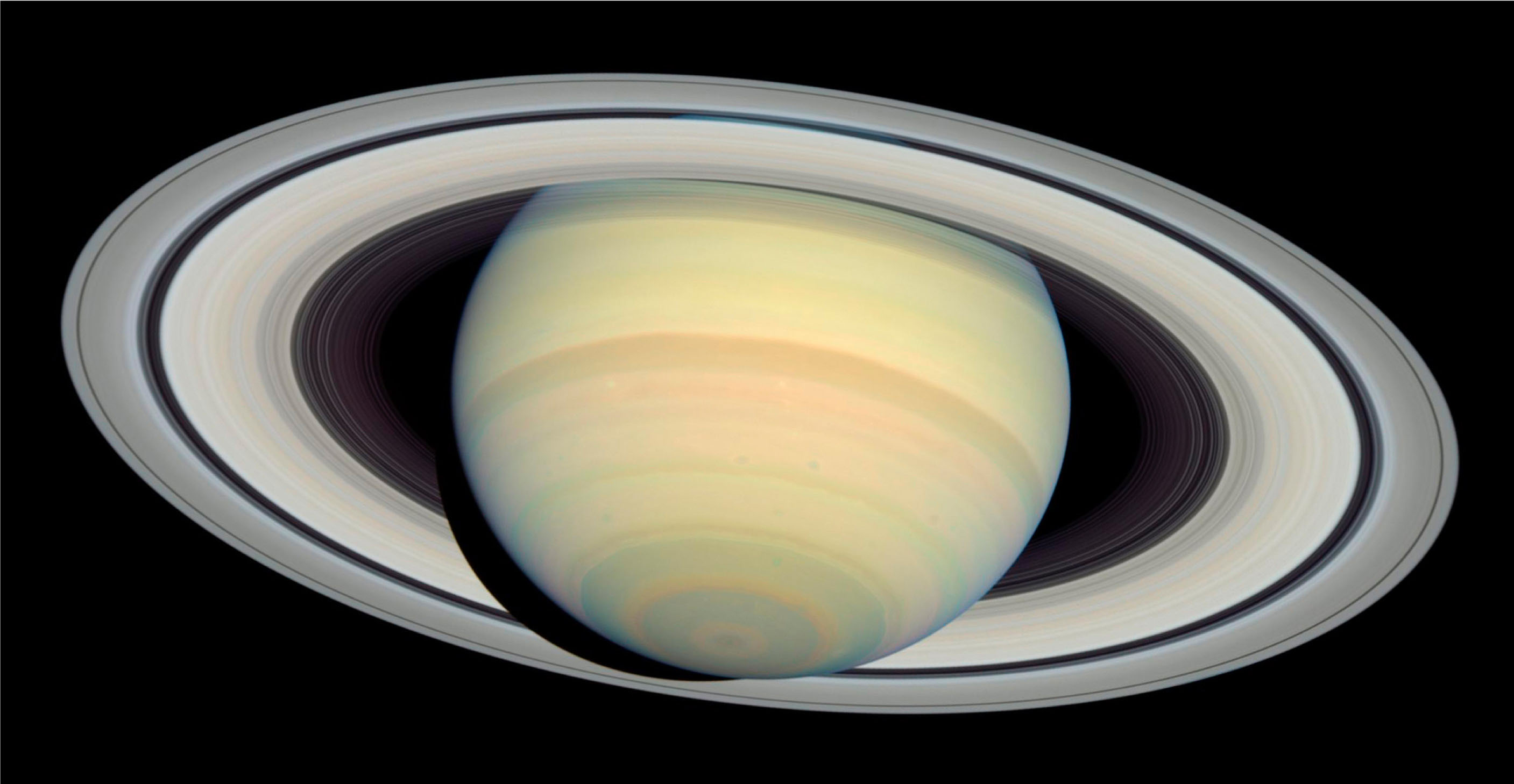

It was data from this Outer Planet Atmospheres Legacy (OPAL) programme that Simon and her team used to look for signs of the spokes appearing, and sure enough they did in 2021. The iconic telescope has been undertaking an observing campaign of the outer Solar System planets. It could also be that the solar wind interacts with Saturn's magnetic field to create an electrically-charged environment that causes the dust particles to electrostatically stick together, therefore forming denser patches in the rings.īut it's not clear if either of these theories are correct or why the phenomenon is seasonal, so scientists hope that Hubble data over the next few years will help to unravel the mystery. One is that charged dust particles, suspended above and below the rings, interact with the planet's magnetic field, causing them to separate from the icy chunks in the rings and levitate separately One is that charged dust particles, suspended above and below the rings, interact with the planet's magnetic field, causing them to separate from the icy chunks in the rings and levitate separately. The ring spokes were first observed by NASA's two Voyager probes, which flew past Saturn in 19.īut further analysis subsequently revealed yet more oddities - firstly that they're not always there, but also that they usually appear dark from above and bright from below.Ĭassini arrived in 2004 and relatively quickly revealed that the spokes weren't caused by gravitational interactions with Saturn, its moons or the tiny moonlets that make up the planet's rings.Ī year later, the spacecraft confirmed that the spokes were likely related to Saturn's magnetic field, sparking numerous theories on the process. 'Despite years of excellent observations by the Cassini mission, the precise beginning and duration of the spoke season is still unpredictable, rather like predicting the first storm during hurricane season,' Simon added.

Saturn's last equinox occurred in 2009, when NASA's Cassini spacecraft was still orbiting the planet as part of a close-up reconnaissance.īut Cassini's mission ended in 2017, so Hubble is continuing the work of monitoring any changes on Saturn and the other outer planets.
#Image of saturn through telescope archive#
'Thanks to Hubble's OPAL program, which is building an archive of data on the outer solar system planets, we will have longer dedicated time to study Saturn's spokes this season than ever before,' said planetary scientist Amy Simon of NASA. It takes 29 years for Saturn to orbit our star, while each of its seasons is around seven years long. NASA wants to know why they only emerge seasonally and what causes them to disappear and reappear at certain times in Saturn's year.Īs the world is so much farther from the sun than us, its year is longer, too. The autumnal equinox for Saturn's northern hemisphere will arrive on May 6, 2025, but the marks tend to start appearing four years prior to this, which is why Hubble can already see them. Moons: 82 with formal designations innumerable additional moonlets Satellites like Enceladus and Titan, home to internal oceans, could possibly support life. While planet Saturn is an unlikely place for living things to take hold, the same is not true of some of its many moons. The planet is named for the Roman god of agriculture and wealth, who was also the father of Jupiter. The farthest planet from Earth discovered by the naked eye, Saturn has been known since ancient times. It is similar to the rest of the planet, but made of a 'slush' like material of gasses, metallic fluids, rock and ice. Its core stretches out to cover 60 per cent of the radius of the world. Like Jupiter, Saturn is a massive ball made mostly of hydrogen and helium, with some heavy elements. It is not the only planet to have rings but none are as spectacular or as complicated as Saturn's. It is regarded as the 'jewel of the solar system' with its sunning rings. Saturn is the sixth planet from the Sun and the second-largest planet in our solar system after Jupiter.


 0 kommentar(er)
0 kommentar(er)
